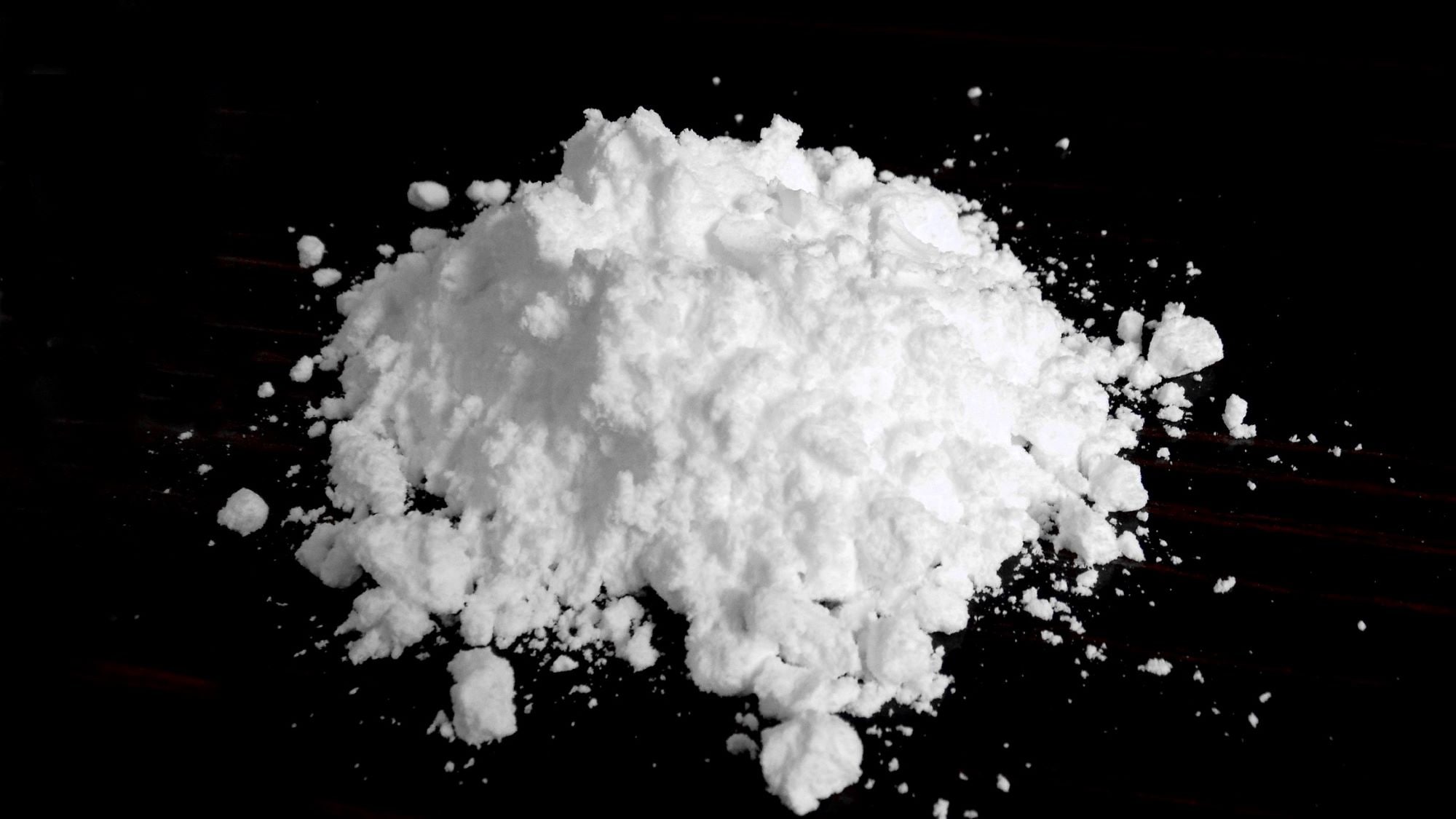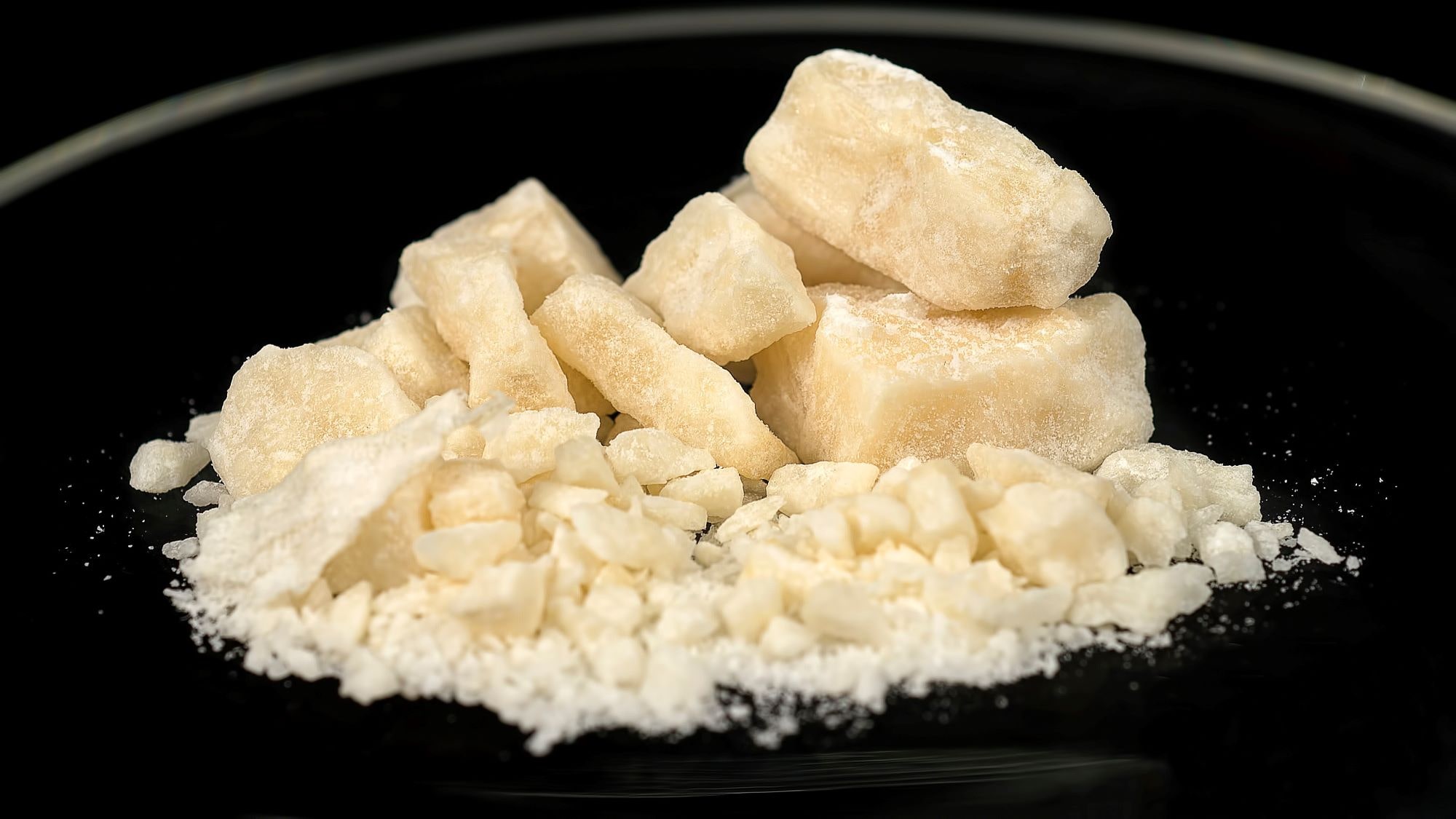The cocaine and crack epidemic has been one of the most significant drug problems in America over the past few decades. Most cocaine is sourced from Columbia which produces 90% of cocaine powder sold in the US, predominantly entering the country through Mexico.
Street names for cocaine include the following: Coca, Coke, Crack, Crank, Flake, Rock, Snow, Soda Cot. While both drugs are made from the coca plant, they have different effects on users and are manufactured differently. The cocaine manufacturing process takes place in remote jungle labs where the raw product undergoes a series of chemical transformations.
Here’s a look at the key differences between cocaine and crack.

What is Cocaine?
Cocaine is a white powder that comes from the leaves of the coca plant. It is used as a recreational drug and has been illegal in the United States since 1985. Cocaine is a narcotic drug that is classified as a stimulant.
It acts on the central nervous system, causing increased alertness and feelings of euphoria. “Club drugs” such as ecstasy, meth, cocaine, ketamine, LSD, and GHB are primarily used in higher-income settings by young people.
What is Crack?
Crack is a form of cocaine that has been processed to make it more potent. It is smoked, which allows it to enter the bloodstream more quickly and produce a more intense high. Crack is also cheaper and easier to manufacture than cocaine, which makes it more accessible to people who want to use it recreationally.
What Is its Legal Status in the United States?
Cocaine is a Schedule II drug under the Controlled Substances Act, meaning it has a high potential for abuse and has an accepted medical use for treatment in the United States.
Cocaine hydrochloride solution (4 percent and 10 percent) is used primarily as a topical local anesthetic for the upper respiratory tract. It also is used to reduce bleeding of the mucous membranes in the mouth, throat, and nasal cavities.
However, more effective products have been developed for these purposes, and cocaine is now rarely used medically in the United States.
Crack vs. Cocaine: What’s the Difference?
The difference between cocaine and crack is that crack is a more potent form of cocaine. Crack is made by cooking cocaine powder with baking soda or ammonia. The mixture is boiled until a solid substance forms. The solid is removed from the liquid, dried, and then broken into the chunks (rocks) that are sold as crack cocaine.
Cocaine is a white powder that is snorted, while crack is a black rock that is smoked. Crack is more addictive than cocaine because it enters the bloodstream more quickly and produces a stronger high.
The Side Effects of Using Cocaine vs. The Side Effects of Using Crack
The side effects of using cocaine include:
- Increased heart rate
- increased blood pressure
- Constricted blood vessels
- Dilated pupils
- Increased body temperature
The side effects of using crack include:
- Paranoia
- Anxiety
- Psychosis
Crack is more likely to cause these mental health problems because it is more potent than cocaine.
The Withdrawal Symptoms of Cocaine and Crack
The withdrawal symptoms of cocaine include:
- Depression
- Fatigue
- Irritability
- Insomnia
The withdrawal symptoms of crack include:
- Anxiety
- Exhaustion
- Unpleasant dreams
- Difficulty concentrating
- Mood changes
- Irritability
In conclusion, crack is more potent than cocaine and causes more severe side effects and withdrawal symptoms. If you are struggling with an addiction to either drug, seek professional help immediately.
The Long-Term Effects: Crack vs Cocaine
Cocaine and crack both have long-term effects on your brain and body. These drugs can:
-
- Change the way your brain works. This can lead to problems with memory, learning, and decision-making.
- Make it hard for you to control your impulses. This can lead to risky behaviors, such as having unsafe sex or driving while high.
- Damage your heart and blood vessels. This can lead to an increased risk of heart attack and stroke.
- Damage your lungs. This can lead to difficulty breathing and coughing up blood.
- Damage your liver, kidney, and other organs.
- Weaken your immune system, which makes it harder for your body to fight off infections.
- Cause mental health problems, such as anxiety, paranoia, and depression.
- Trigger psychotic episodes, which are characterized by paranoia and hallucinations.
- Cause death. An overdose can lead to a heart attack or stroke, which can be fatal.
The Risk Factors: Crack vs Cocaine
While crack and cocaine are both dangerous drugs, crack is generally seen as riskier because it is:
- More addictive than cocaine
- More potent than cocaine, so it’s easier to overdose on
- Cheaper than cocaine, so people are more likely to use it in large amounts or develop a dependence
- Often mixed with other substances, which can increase the risk of side effects and overdose
Who Is Most Affected by Crack and Cocaine?
Those most affected by crack and cocaine include:
- People with mental health disorders
- People who are unemployed or have low incomes.
- Homeless people
- People who live in poverty
- BIPOC
Cocaine is a widely used illicit drug in the United States. The 2020 National Survey on Drug Use and Health (NSDUH) estimates that about 5.2 million people (about 1.9% of the 12-and-older population) used cocaine—either crack or powder cocaine—within the past year, and 657,000 of these individuals (about 0.2% of the 12-and-older population) used crack cocaine within the past year.
Of the crack cocaine trafficking offenders sentenced, 77.1% were Black, 15.9% were Hispanic, 6.3% were White, and 0.7% were of other races/ethnicities. The average sentence for these offenders was 74 months, and sentences were enhanced for possessing a weapon in 39.3% of cases.
What Happens When One Overdoses on Cocaine and Crack?
During an overdose, crack and cocaine cause an intense high followed by a crash. The crash can cause anxiety, paranoia, and psychosis. Overdosing on either drug can lead to death. If you think someone is overdosing on cocaine or crack, call 911 immediately.
Addiction Treatment for Those Struggling with Cocaine and Crack Use
There are many options available for treating crack addiction. Addiction treatment usually starts with detoxification. Rehabilitation programs help you learn how to live without drugs and teach you the skills you need to stay sober. There are many resources available to help you overcome your challenges and live a sober life.
Detoxification
Detoxification is the process of allowing the body to rid itself of the drug. It can be a difficult and uncomfortable process, but it is necessary to start the road to recovery. After detoxification, you will likely enter a rehabilitation program.
Residential Treatment
Residential treatment is a type of rehabilitation that allows you to live at the treatment facility while you receive care. This type of care is intensive and can be very effective, but it is also expensive.
Outpatient Treatment
Outpatient treatment is a less intensive form of rehabilitation that allows you to live at home while you receive care. This type of care can be effective, but it requires a great deal of motivation and commitment from the individual in order to be successful. We offer two forms of outpatient care: partial hospitalization and intensive outpatient.
Both inpatient and outpatient treatment programs can help you overcome your addiction to cocaine or crack and provide you with the tools you need to stay sober.
Aftercare Programs
After you have completed a treatment program, it is important to have a solid plan in place for continuing your recovery. Aftercare programs can provide you with the support and structure you need to stay on track. These programs can help you transition back into everyday life and avoid triggers that may lead to relapse.
Support Groups
Support groups are a great way to connect with others who are going through similar experiences. These groups can provide you with emotional support and practical advice for dealing with addiction. There are many different types of support groups available, so you can find one that meets your needs.
12-Step Programs
12-step programs are based on the principles of Alcoholics Anonymous. These programs provide support and structure for recovery from addiction. There are many different 12-step programs available, so you can find one that meets your needs.
Therapy
Individual or group therapy can help you address the underlying issues that may be contributing to your addiction. Therapy can also provide you with tools and strategies for dealing with triggers and avoiding relapse.
Jumpstart Your Growth at Harmony Ridge
Harmony Ridge Recovery Center is a place where you can feel safe to heal and grow. Our compassionate staff is here to support you every step of the way. If you’re ready to take the first step on your journey to recovery, we’re here to help. Contact us today to learn more about our programs and how we can help you start on the road to recovery.





